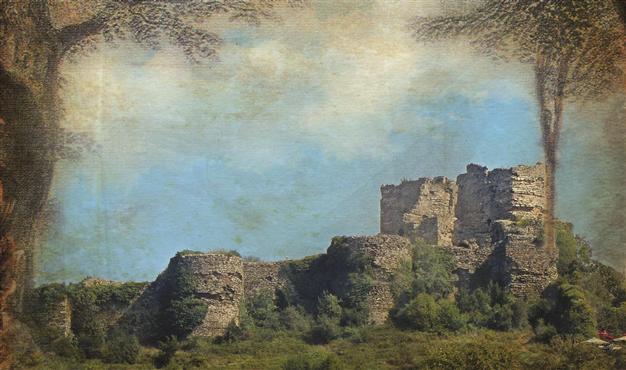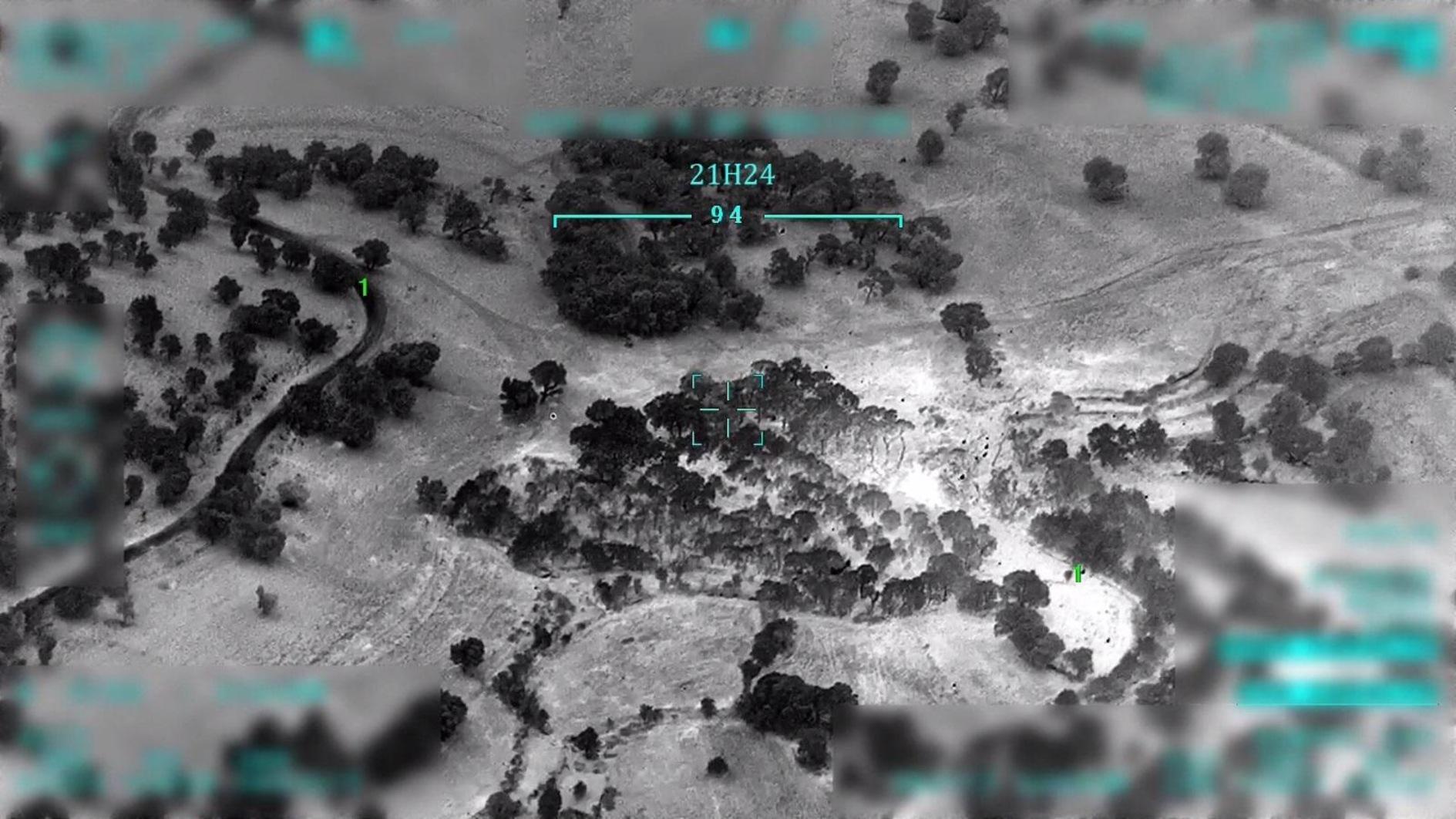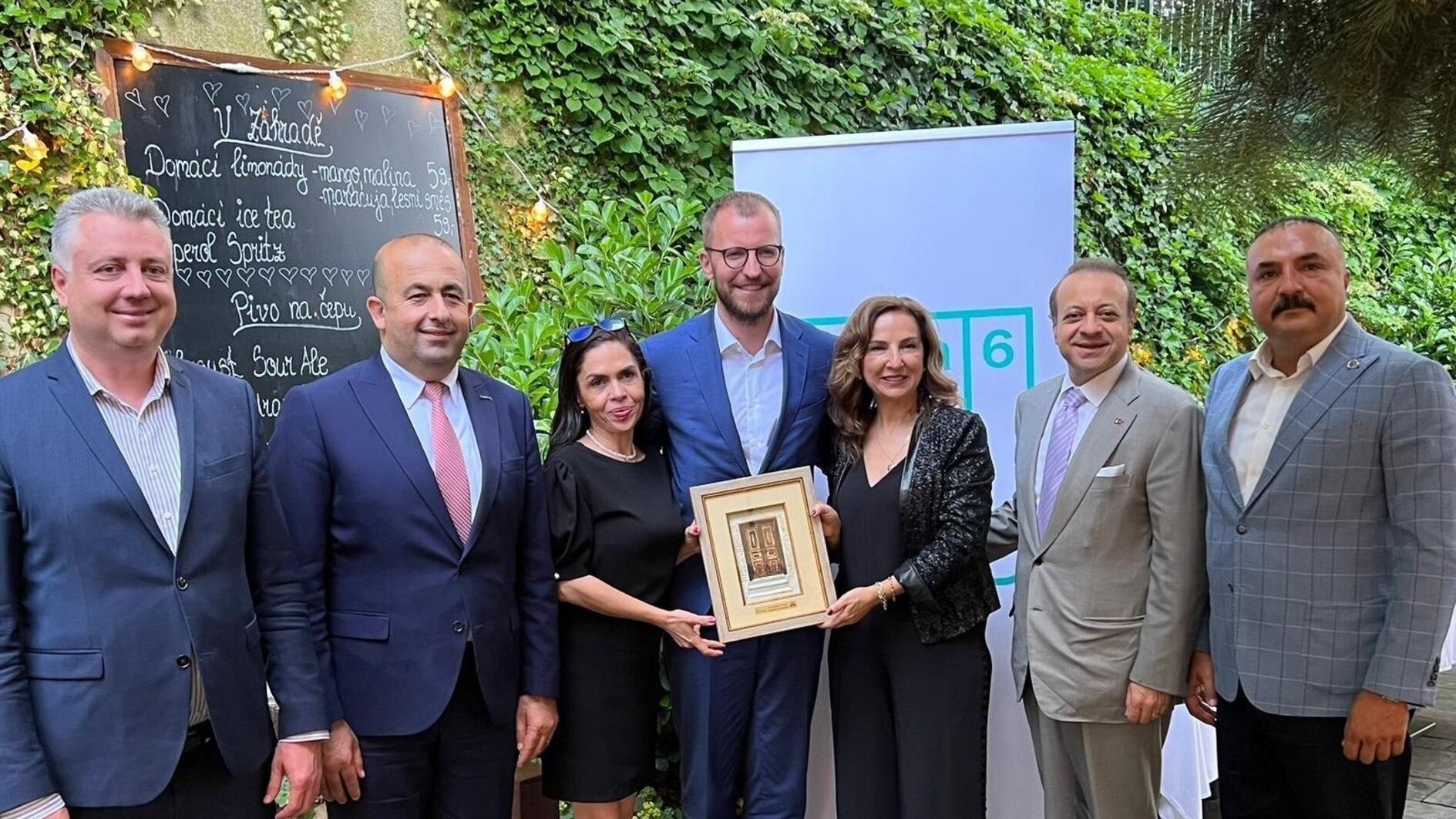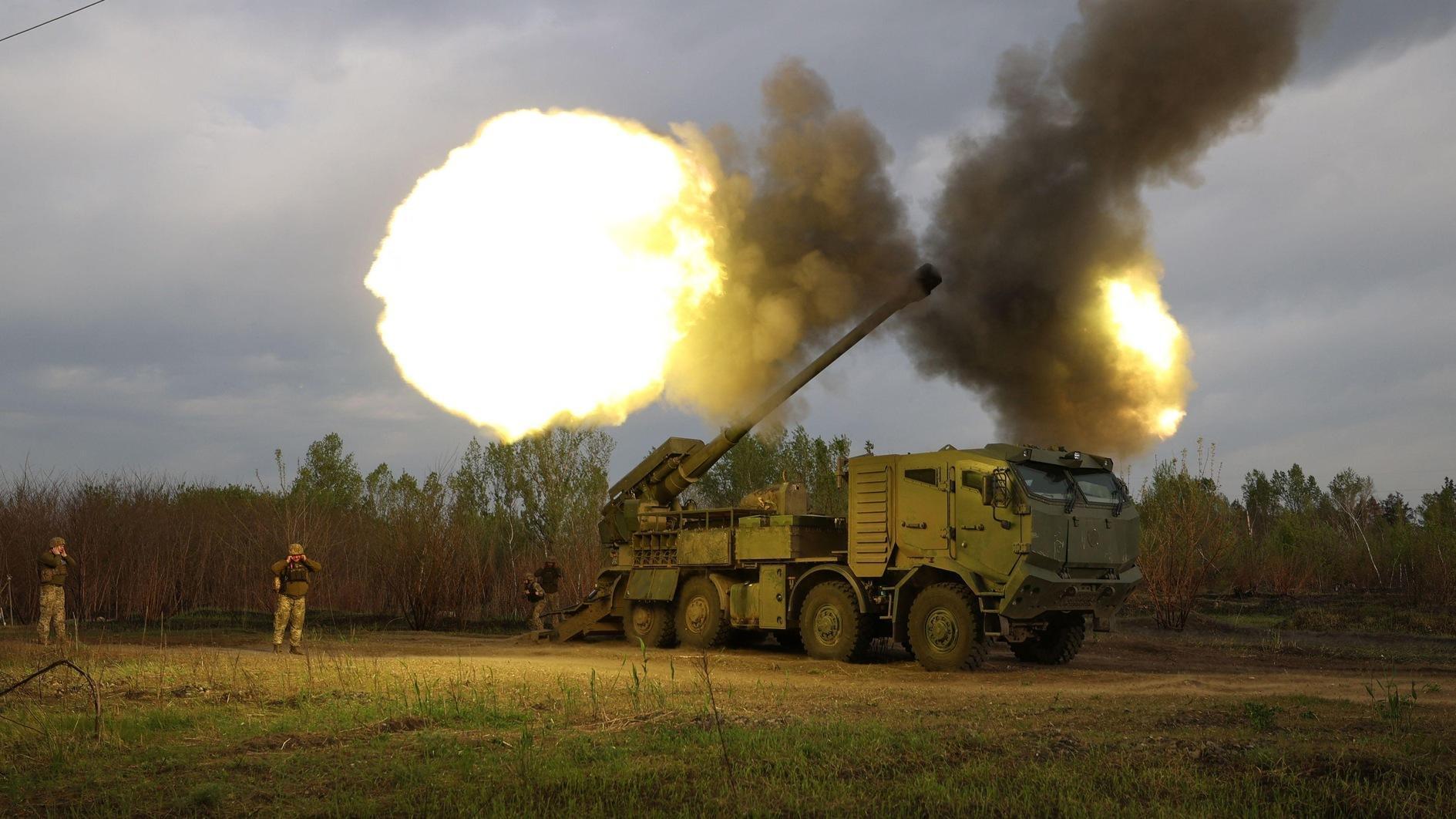A guardian of the Bosphorus Strait: Anadolu Kavağı
Niki Gamm ISTANBUL - Hürriyet Daily News

Today Anadolu Kavağı is the end of one of Istanbul’s ferry boat lines and a special trip takes one there rapidly with only four stops.
Two fortresses have stood for centuries where the Black Sea drains into the Bosphorus Strait on its way to the Mediterranean. One is Anadolu Kavağı (Anatolian Poplar), standing guard on the Asian side of Istanbul with its castle and lighthouse. The other, which barely remains is Rumeli Kavağı (Rumeli or European Poplar). Although originally a large poplar forest stood here and gave its name to the two places, in time kavak came to mean control station. The black poplar tree in antiquity was associated with the underworld and death, while the silver poplar symbolized light, salvation and deliverance.One can still see the remains of the old Genoese fortress on the heights of Anadolu Kavağı which was the ancient Hieron. Its name in ancient times was Yoros Fortress. It is said that the origin of the name Yoros was “oros” (mountain) or “ourios” (suitable winds). At the same time, Ourious was one of the names of Zeus. Another source writes that there was a temple to Dios (God), but probably confused Dios for Zeus. The area was originally settled by Greeks and Phoenicians and the remains of some of the temples erected here have been discovered during archeological excavations. The 16th century French topographer, Petrus Gyllius, associated Yoros with the name for Zeus Ourious while the Hieron or sacred precinct was where a temple to the Twelve Olympian Gods was built. These 12 gods who were related to each other in one way or another are thought to have originated in Anatolia and ruled over the world under the supervision of their leader, Zeus.
Two versions of a legend
According to one legend, the fortress was built by Phrixos, the son of King Athamas of Boeotia and Nephele, the goddess of the clouds. In a time of drought, Athamas decided to sacrifice Phrixos and his sister Helle, but Nephele rescued her children. She put them on a flying ram with a golden fleece who was supposed to take them to Colchis, a small kingdom somewhere along the southeastern shore of the Black Sea. But flying over the first strait, Helle fell off and that’s where the name Hellespont comes from. Phrixos stopped at Anadolu Kavağı and dedicated a sanctuary to the 12 Olympian Gods before going on to Colchis.
Another version of the story has Jason of Golden Fleece fame building the sanctuary. At Colchis, Phrixos sacrificed the ram and gave the golden fleece to King Areetes who hung it in a grove of trees sacred to Ares, the god of war. This is the golden fleece that Jason, Medea and the Argonauts stole from Colchis and it gave rise to innumerable legendary tales celebrated in songs and literature over the centuries.
Medea is said to have used concoctions made from the poplar tree in her potions.
Herodotus mentions the sanctuary because the Persian King Darius who was intent on conquering the Greek city states visited the site. Sailors would stop and engage in sacrifices here to ensure their voyages to and from the Black Sea would be smooth. The Monastery of St. George, was built next to the fortress by the Byzantine emperor, Justinian. The Monastery of St. Pandeleimon and the Panthikion Fortress were between Anadolu Kavağı and Anadolu Feneri (Anatolian Lighthouse). It’s unclear when a lighthouse was first built, but it is thought that it might not have been entirely intended to prevent ships from running aground on the rocky shore. It could have been used to lure unwary ships into traps.
Outpost for Romans and Byzantines
Later Anadolu Kavağı would be an important outpost for the Romans and the Byzantines who are supposed to have built the present fortress in the 13th century. The fortress was first captured by the Ottomans in 1305, only to be recaptured by the Byzantines some time later. Then the Genoese took it over as well as the other fortress, Rumeli Kavağı, across on the European side in 1352 because the Byzantines could no longer defend them. In times of war it is said that there was a heavy chain strung between the two sides to prevent enemy ships from sailing through the Bosphorus. On one occasion, the Venetian and Genoese fleets fought off Anadolu Kavağı.
Sultan Bayezid I (r. 1389-1402) took the castle and used it as his base while Anadolu Hisari (Anatolian Fortress) was being built (1393-94) further down the strait. In 1414, the Genoese managed to seize the castle again and held it until some years after the conquest of Constantinople when Fatih Sultan Mehmed II (r. 1451-1481) decided it might become a threat to the city. He got rid of the Genoese and added fortifications to the castle which then served as a customs and quarantine office. Evliya Celebi writes that Sultan Beyazit II (r. 1481 to 1512) erected a mosque at the site.
At various times during the Ottoman period, “poplar fortresses” or border and control fortresses were built here and the area got its name in such a way. Murad IV (r. 1623-40) christened Anadolu Kavağı “key of the sea” (just as he did to Rumeli Kavağı), and Rumeli Kavağı and Anadolu Kavağı were turned into strong outposts for protecting the mouth of the Bosphorus in the 17th century.
The fortifications on both sides of the mouth of the Bosphorus were fortified in 1783 by Toussaint and strengthened by Monnier 11 years later. Little remains of the fortress on the European side.
Anadolu Kavağı in the eyes of Evliya Celebi:
“On the tip of the sea, in the mouth of a large harbor is a village that is completely Muslim in which there are 800 families, gardens and orchards. It has one mosque, seven mescids, one hamam, up to 200 stores and bachelor houses, a primary school and a fountain. Its inhabitants are sailors, vintners and tradesmen. Its judges who represent the Uskudar Molla and the warden of the fortress govern them. Night and day the Bostancibasi, or head of the Ottoman coast guard, travels about by kayak.
There are never fewer than 300 ships in the harbor in summer and winter. The chestnuts and pears in the hills are famous.”
The fortress’ two towers that are still standing are 16 meters high and the site is currently being excavated by a team from Istanbul University with the support of the Culture and Tourism Ministry.
Istanbul Governor Huseyin Avni Mutlu who recently examined the site has pointed out how the city has to take charge of its history. With the restoration of the fortress it will be possible to enjoy the scenery 24 hours a day. He also indicated that his office will provide some of the support necessary so that the excavations can go on for six months but wouldn’t be drawn by reporters’ questions as to how much money would be set aside. Today Anadolu Kavağı is the end of one of Istanbul’s ferry boat lines and a special trip takes one there rapidly with only four stops. If the weather is particularly fine, as it has been this year, it’s a relaxing way to spend the day. When the archaeological excavations are complete, Anadolu Kavağı will offer an additional incentive to spend the day.
















